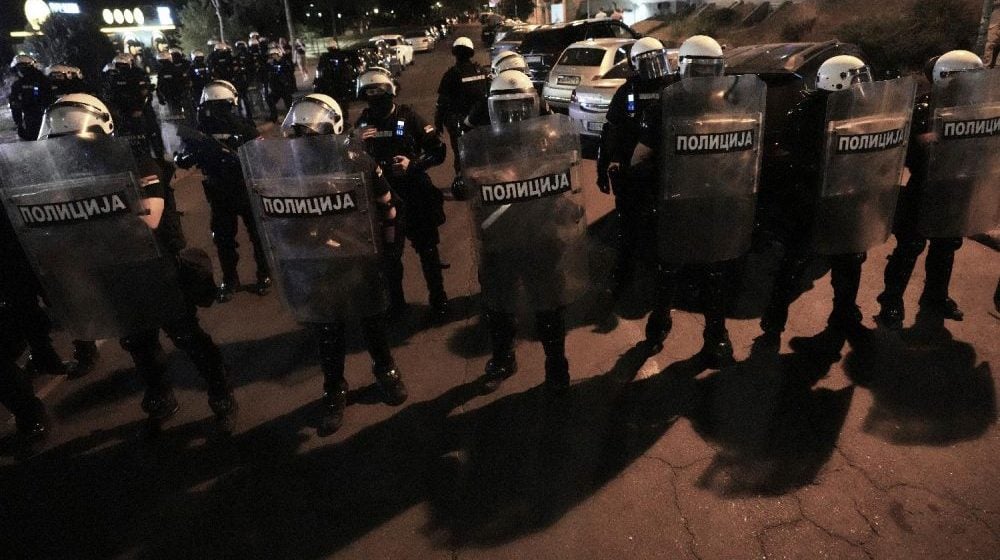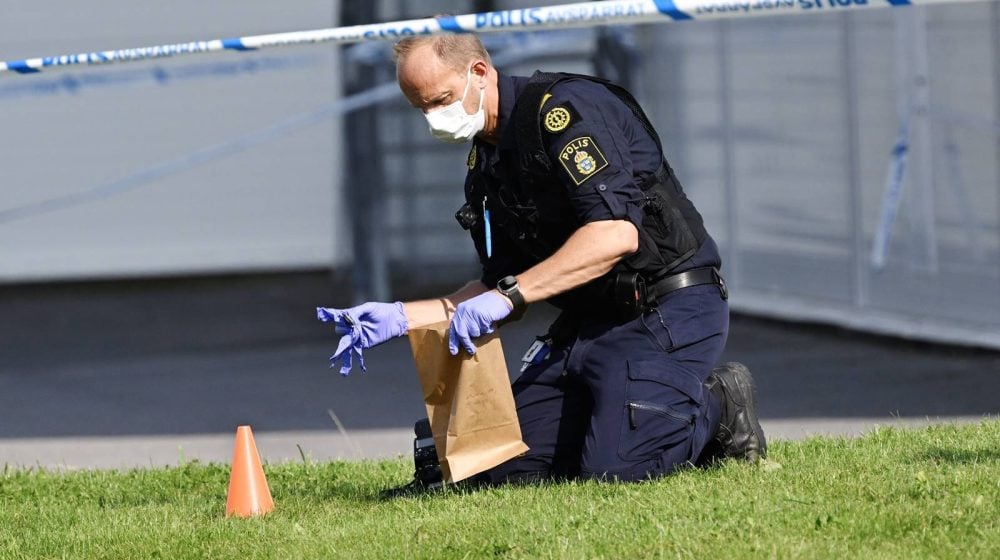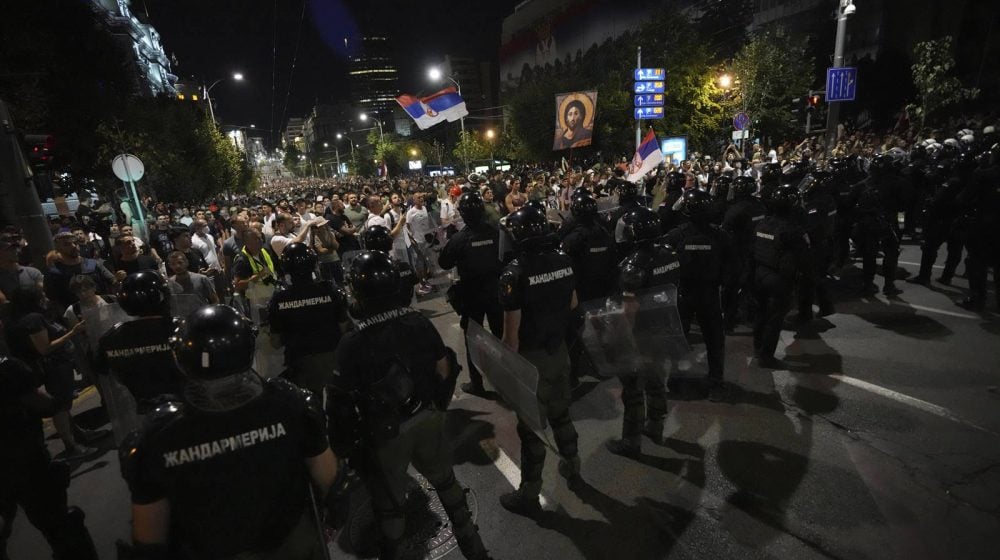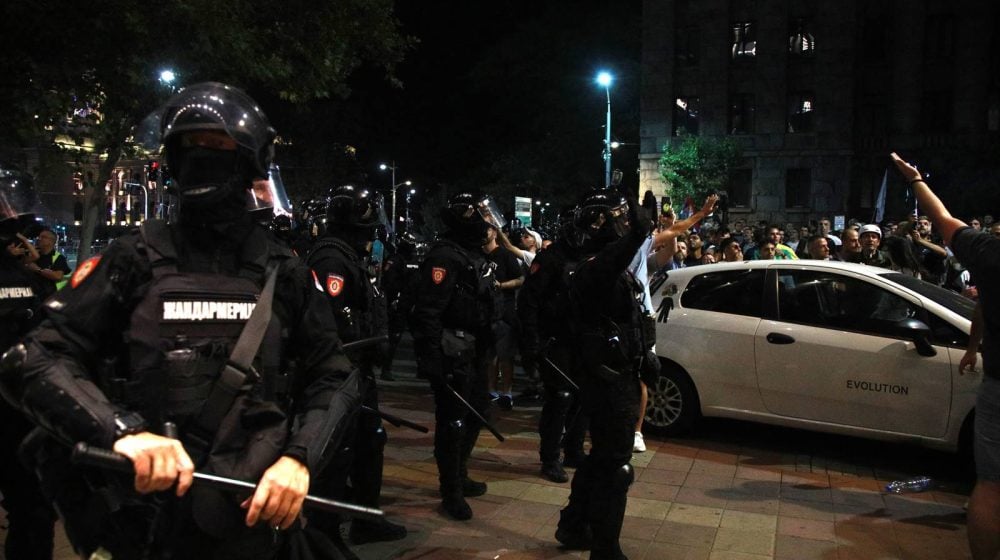The French fashion mogul, owner of the Karin agency, who discovered Monica Bellucci, Sharon Stone, Jerry Hall, among others, was Epstein’s trusted man for his European pedophilia network. Justice in this case was equally unattainable, and Brunel’s death was as mysterious as Epstein’s.
Ghislaine Maxwell procured underage girls as much as she could, but apparently not enough to satisfy Epstein’s appetite. That’s when Jean-Luc Brunel, French fashion scout, owner of one of the most famous modeling agencies, pedophile, the “king of the catwalk” as the fashion world called him, stepped in.
He was the Parisian branch of the late Epstein, and the way his life ended was almost identical to Jeffrey Epstein’s death.
Brunel began his career in the seventies as a scout in Karin Mossberg’s agency, becoming its head in 1978. Ten years later, Brunel and his brother Arnaud founded the Next Management Corporation, and a year later with Faith Kates the Next Management Company, an agency for young and aspiring models – writes Danas.
His success came from discovering talents such as Christy Turlington and actress Sharon Stone (he also worked with Monica Bellucci, Rebecca Romijn, Jerry Hall), and on that basis he founded Karin Models of America in 1995. It was a time when they could still do whatever they wanted. Epstein was introduced to him by Ghislaine Maxwell in the eighties, and Brunel and Epstein grew closer thanks to their shared love of luxury and interest in underage girls. That was likely the moment a tacit pact of cooperation was made that would ruin the lives of countless girls, most of them minors.
Parisian Chamber
They had young girls in their grip, so all Epstein needed was one Parisian chamber where the atrocities would take place. His former apartment in a luxurious building was located on prestigious Avenue Foch in Paris, with an area of 700 square meters. Behind iron gates, a tree-filled courtyard, on the eighth floor, in Epstein’s European den of debauchery, many arrived, including Britain’s Prince Andrew.
There was room for everyone – 18 rooms, including seven bedrooms, ceilings nearly five meters high, marble bathrooms, a grand entrance gallery, fitness room. In 2019, this very house was searched, becoming the center of the French criminal investigation due to multiple allegations of sexual abuse. According to the testimony of Epstein’s former butler, the house even had a customized massage room, and he claimed that many political and royal elites visited the house during his 18 years working for the “disgraced financier,” as Epstein was often called by the media. According to Bloomberg, his Paris home was sold a few years ago for ten million euros to Bulgarian plastic packaging tycoon Georgi Tuchev.
The Pedophile House of Cards Collapses – and Rises Again Like a Phoenix in America
After Brunel was included in the BBC report on abuse in the fashion industry in November 1999, he was banned from working in his modeling agency in Europe, so in the 2000s he moved to the United States. After “the Paris office filed a request to cancel Brunel’s trademark application for Karin in 2004,” he changed the agency’s name to MC2, and essentially continued doing the same things he had done in Europe, only now in America. In 2004, Brunel received funding from Epstein that helped him create his new agency, with offices in New York and Miami.
What Did He Do?
On one occasion, Jérôme Bonouvrier, a celebrated French fashion impresario who died in 2009, told a journalist: “Jean-Luc is…dangerous.” Everything he did was very organized, and all power was in his hands. Brunel was practically the Weinstein of the fashion world, so all charges filed later were outside the 20-year statute of limitations for sexual crimes in France. Brunel, who had been divorced twice, always denied any wrongdoing, but even if he hadn’t, he could not be prosecuted.
Epstein placed underage girls that Brunel scouted for his modeling agency. On August 6, 2012, model and party promoter linked to the MC2 agency, Pedro Gaspar, who lived above the agency’s Manhattan offices, died of a suspicious drug overdose. Only one media outlet wrote about this case, linking it to the already convicted Epstein. The headline in the Daily Beast was “Dead Model and Dirty Billionaire,” and the article mentioned testimonies from Epstein’s victims claiming that Gaspar was the pimp in charge of Britain’s Prince Andrew.
That case has since been buried, and there is extremely little evidence about it online. At the time, there was a strange series of suicides among New York police officers and a subsequent joint raid by NYPD and FBI agents on his villa. At least nine officers “killed themselves” that year, seven of them between June and August, according to ABC News.
The End of the Cover-Up
The cover-up lasted until 2019, and the lawsuit filed by the now deceased Virginia Giuffre against Epstein, which also mentioned Brunel, eventually led to his arrest at Charles de Gaulle Airport in December 2020 while he was trying to board a flight to Senegal, likely to escape the country.
On August 23, 2019, the Paris prosecutor’s office launched a preliminary investigation against Epstein, after Yael Mellul, a French women’s rights activist, wrote to the Paris prosecutor to report the international dimensions of the pedophile network he was involved in, criticizing the slow pace of justice. Prosecutors suspected Brunel of rape, sexual assault, and harassment of multiple minors and adults. He was also accused of transporting and procuring young girls and women for Epstein.
In Giuffre’s lawsuit, filed by the Miami U.S. Attorney’s office in 2015, she claimed that Brunel gave Epstein “twelve-year-old French triplet sisters as a birthday gift,” who were later flown back home. She also claimed that Epstein “bragged” after abusing minors. “He kept telling me how Brunel had bought them in Paris from their parents, offering them standard sums of money, visas, and modeling career options,” the documents state, first published by Mail Online.
“Laughing all the while, Jeffrey thought it was absolutely great how easily money corrupted all walks of life – there was nothing and no one that couldn’t be bought,” she added.
Other lawsuits soon followed. In a disclosed filing submitted by the lawyers of two victims, Epstein was accused of repeatedly trafficking an unknown minor referred to as “Jane Doe 3.”
Brunel allegedly procured passports and brought young girls, some as young as 12, to the United States to be sexually exploited. Sometimes they even traveled together, as evidenced by one photograph. Many analysts following the Epstein saga claimed Brunel was also part of the Mossad Nexus network, referring to cooperation or ties between Israel’s intelligence agency Mossad and other entities, often involving intelligence sharing, joint operations, or strategic alliances.
The lawsuit further alleged that Brunel targeted girls from poor backgrounds and lured them with modeling contracts. One girl claimed “she saw Brunel engage in illegal sexual acts with dozens of underage girls” and that Epstein “forced her to have sex with him on multiple occasions in West Palm Beach, St. James Island in the U.S. Virgin Islands, New York, New Mexico, Paris, the south of France, and California,” the filing stated.
Mysterious Death Similar to Epstein’s
Brunel was found dead by a night patrol in La Santé prison in Paris on February 19, 2022, at 1 a.m. He was awaiting trial on charges of rape and trafficking minors, denying any wrongdoing. A judicial investigation was launched, and preliminary evidence pointed to suicide – a claim surprisingly quickly supported by his legal team, although his friends, just as with Epstein, argued that he was not the type of man prone to suicide.
Justice was again unattainable, and victims were left without even a crumb of satisfaction or peace. Brunel’s victims publicly voiced their disappointment. Former Dutch model Thysia Huisman, who claimed Brunel drugged and raped her when she was 18, told the BBC it was frustrating that his alleged victims would never have their day in court.
“After more than two and a half years of fighting for justice since I reported Brunel in September 2019, it is a huge disappointment that he will never face a judge,” she said.
Virginia Giuffre, who claimed she had been forced to have sex with Brunel, also spoke out,
“His death ended yet another chapter. I’m disappointed I couldn’t confront him at trial to hold him accountable, but I am glad that last year I could testify personally and thus keep him in prison.”
“The more I see of the wealthy classes, the more I understand the guillotine,” wrote George Bernard Shaw.












